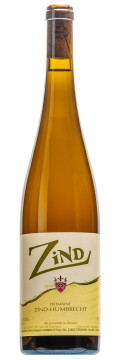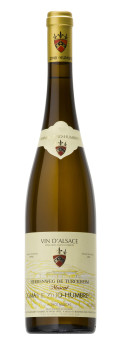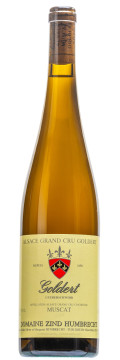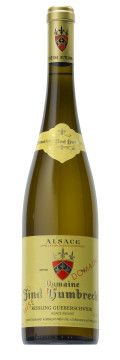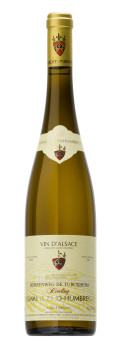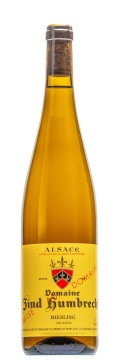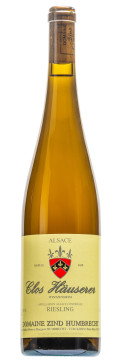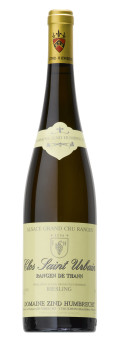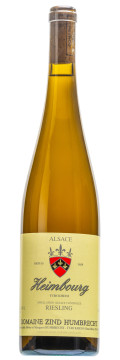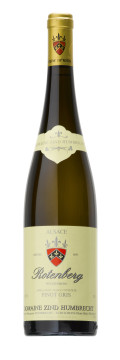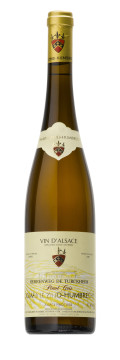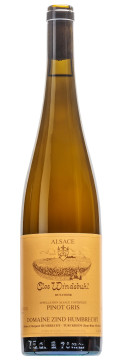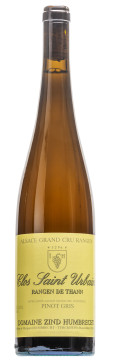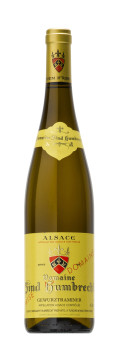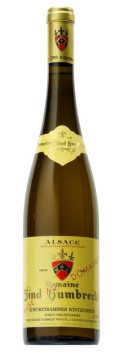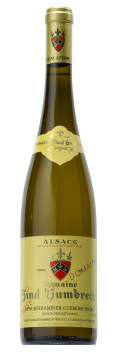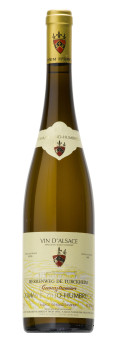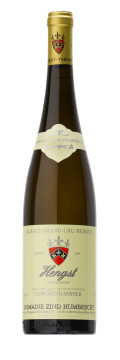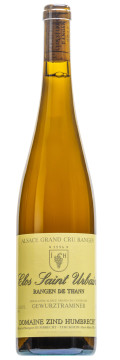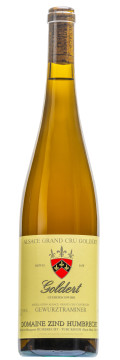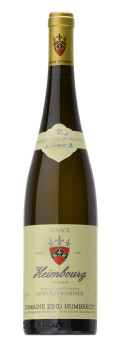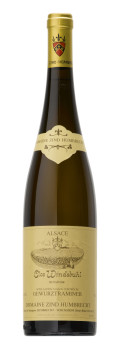Vintage 2004
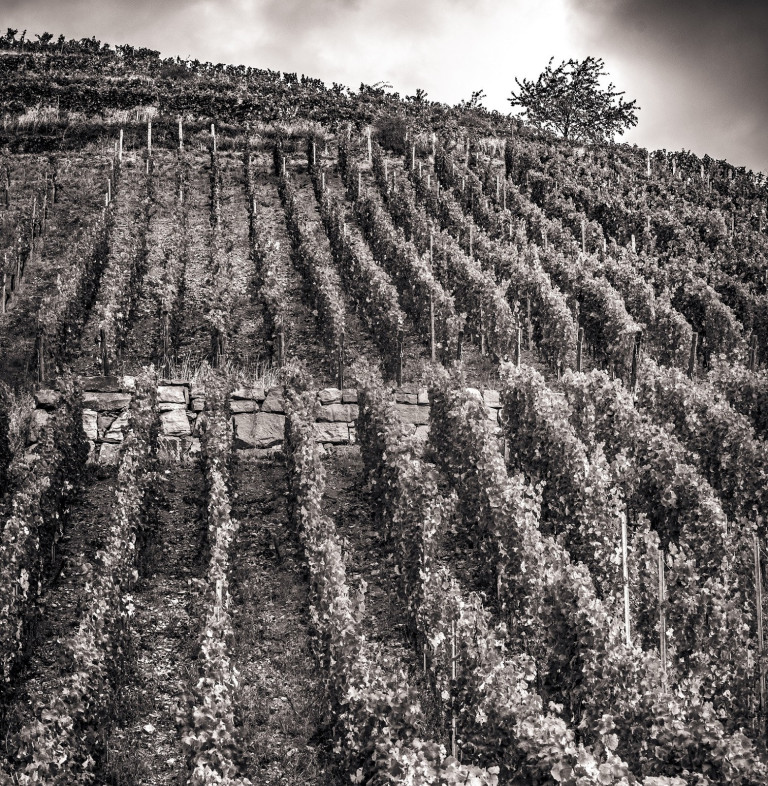
Description of the vintage
Everybody remembers how dry and precocious 2003 was, but I am sure that nobody knows the weather we had after the harvest! Well, it rained a lot. In Alsace, we are used to finish the harvest well into November, which doesn’t leave much time to prepare the soils for winter, spread the compost, replacing the dead vines… The vines also do not have much time to recreate their reserves, as usually, they start to turn yellow or loose their leaves before the end of the harvest. This was not the case in autumn 2003: the vines stayed green for two full months after the harvest, enjoying a lot of water, enabling them to create abundant reserves in the roots. This is an important factor that will influence a lot the following vintage, 2004. Another important characteristic of 2003 influenced the crop of 2004: the drought was responsible for the very small crop. It was also a great stress to the vines. The vines react to this kind of stress in raising its fertility, thus increasing the crop size the following year. Understanding those two mechanisms would allow a careful winegrower to react in time and foresee a huge crop. 2004 is indeed the largest harvest Alsace enjoyed since 1992.
The vintage started quietly, after a rainy/medium cold winter, with a mid-April budbreak. Good spring weather allowed the flowering to start and finish relatively early: 9th June in the Herrenweg vineyard and 20th June in the Rangen. There was no climatic problems in June, so the flowering was perfect and the grapes started to grow very quickly. Summer of 2004 was very similar to 2002. Warm July, followed by colder weather and lots of rain the first 3 weeks of August. End of August and the whole of September were spectacular: dry, sunny, not too warm, cold nights… again very similar to 2002. It was without surprise to analyse, end of September, perfectly healthy grapes, already very ripe with a fabulous acidity, sometimes higher than 2002, which is a textbook year for us.
We started the harvest the first week of October. The crop was going to be larger than the past two vintages, but the grapes were perfectly ripe with excellent acidity balance. Unfortunately, the weather changed from the mid-October and rainfalls intensified, obliging us to pick up the grapes before they would develop noble rot. (There is no need for us to produce VTs and SGNs every year, but if it had been possible to do so in 2004, it would have been a historic vintage for sweet wines).
Most of the grapes were harvested in the first 2 weeks of October, but some vineyards were harvested up to early November. Special viticultural efforts, like forcing the roots to grow deeper and allowing cover crops to grow in September would help to make the vine less influenced by the climate during the harvest. Without excessive ripeness (VT like), most of the wines fermented dry or very close to dryness (indice 2). About 1/3 of the cellar is still fermenting today (September 2005). All the wines have a great acidity balance. There was only three VTs produced in 2004 and no SGN. The average yield on our estate was 49hl/ha, and again, no wine was chaptalized.
